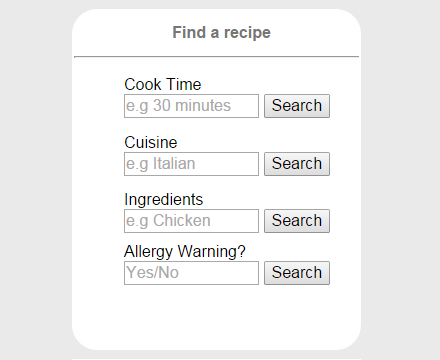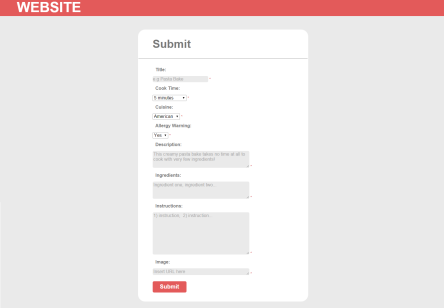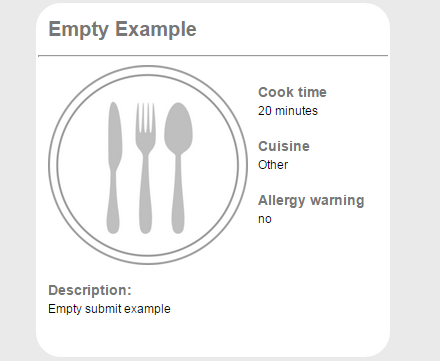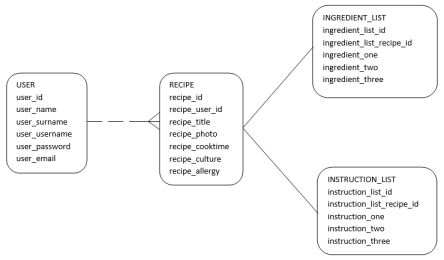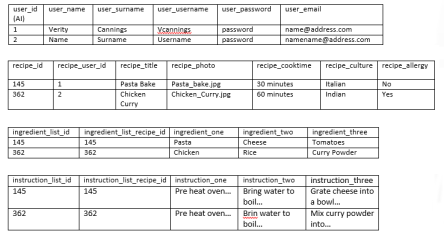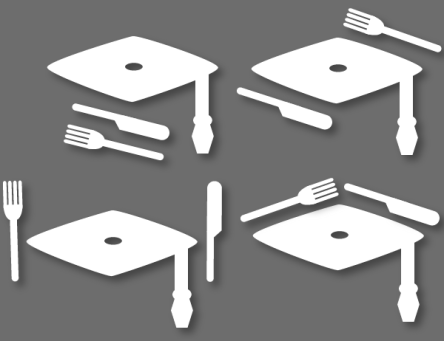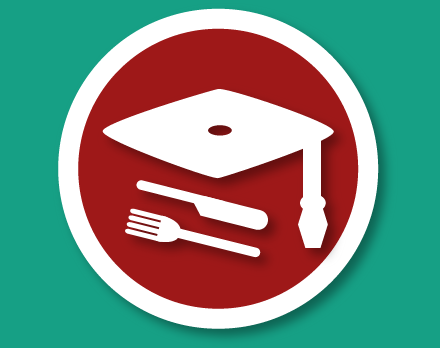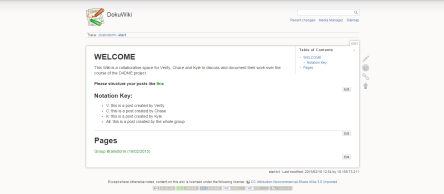The final addition that I made to our website was the ability to click on one of the recipe titles and be taken through to a more detailed view of the chosen recipe. To do this, I had to create an id based link to the individual recipe.
<h1> <a href="selected_recipe.php?recipe_id=<?php echo ($row["recipe_id"]); ?>"> <?php echo ($row["recipe_title"]); ?> </a> </h1>
This then linked to the specific recipe page with the corresponding id via this block of code:
<?php
if(isset($_GET["recipe_id"])) {
$recipeID = $_GET["recipe_id"];
} else {
redirectTo("index.php");
}
?>
<br>
<?php
$result = GetSingleRecipe($recipeID);
while($row = mysqli_fetch_assoc($result)) {
include 'recipe_large.php';
}
?>
As you can see, the include function has changed to include ‘recipe_large.php’ rather than the standard ‘recipe.php’. This file contains more information on the recipe and it much larger in screen size.
